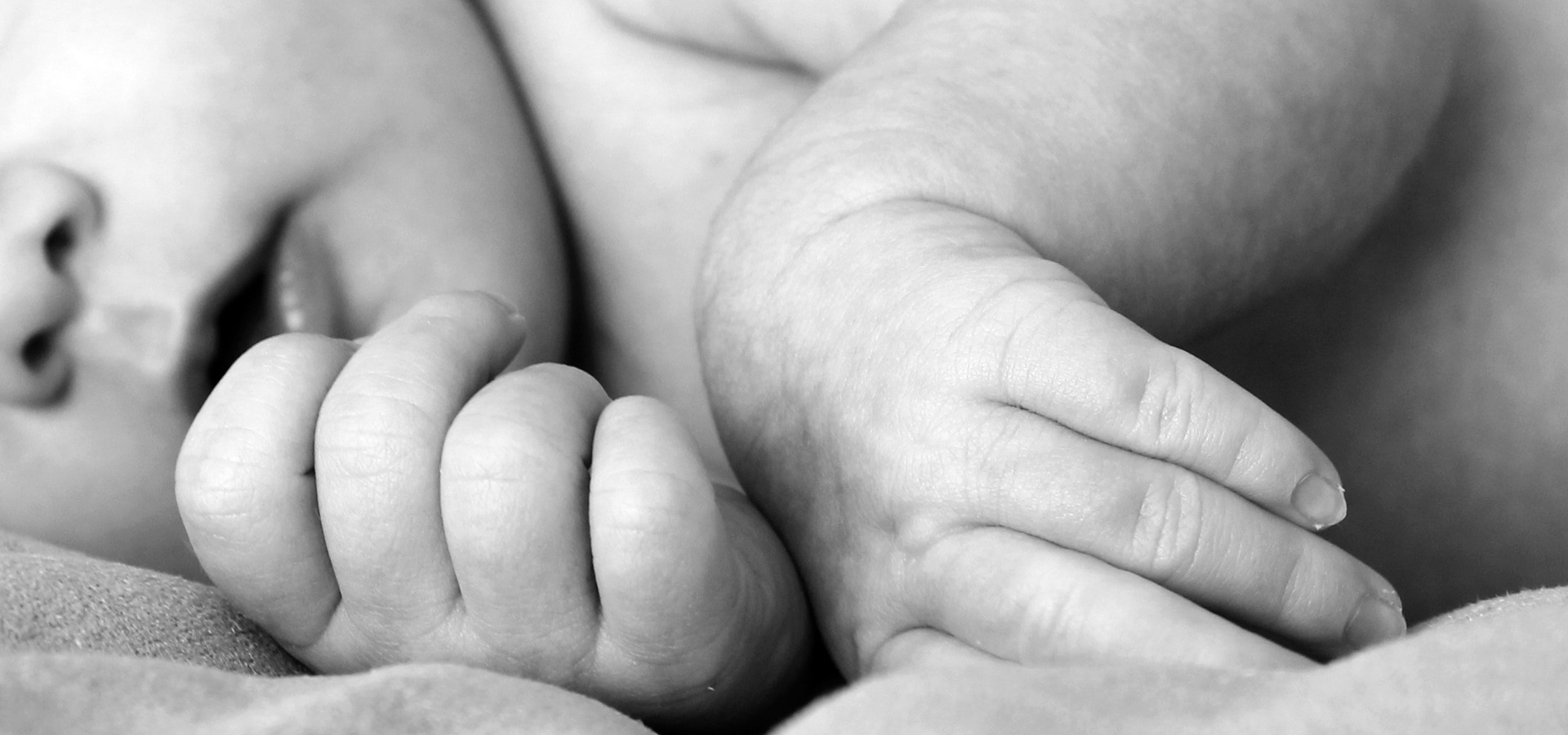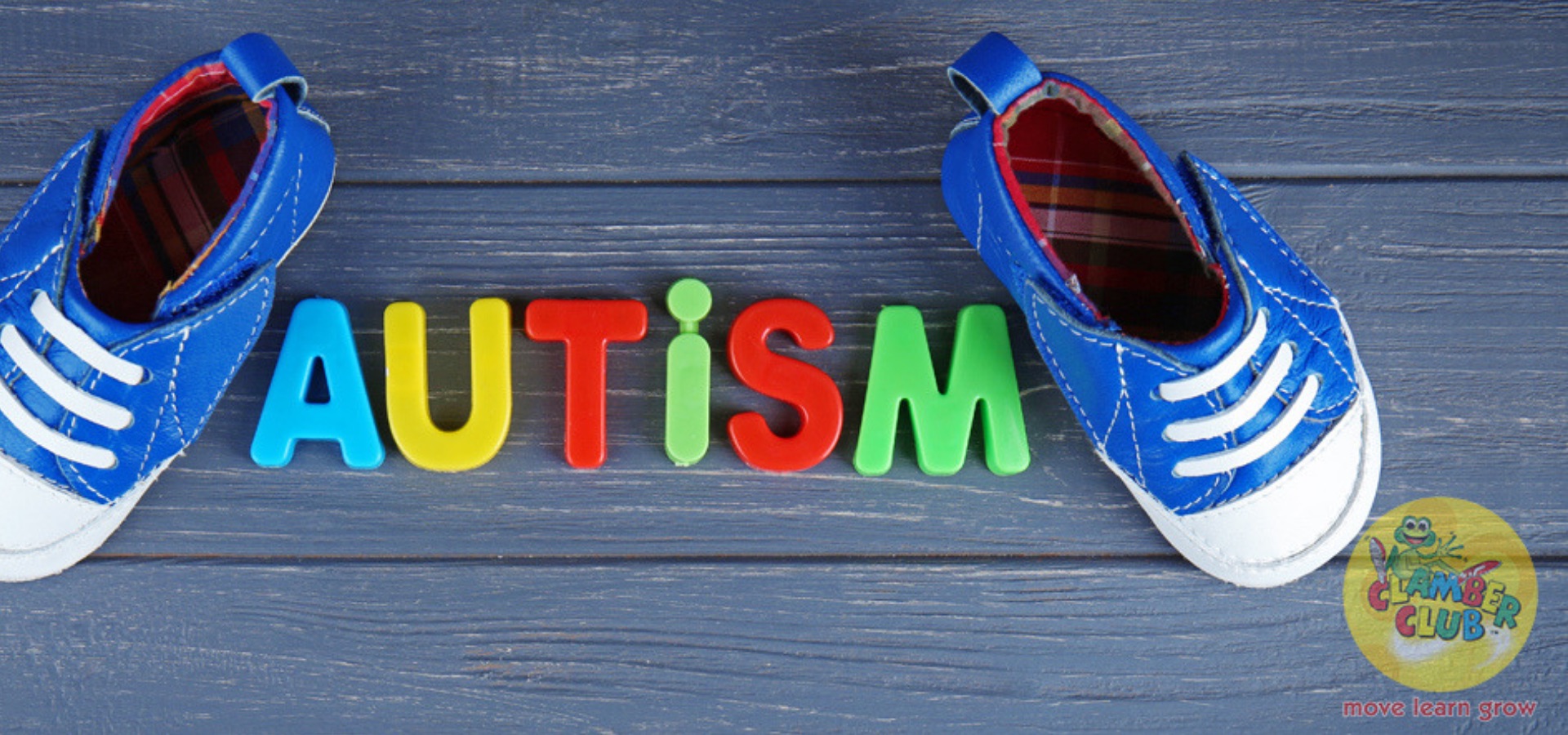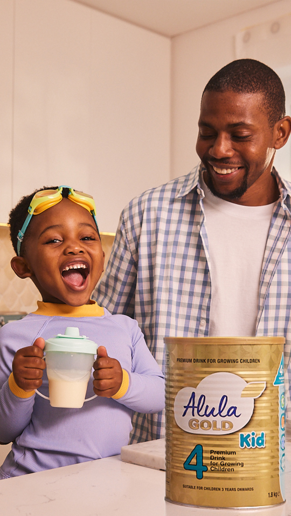The average person uses digital photography as a way to document their life. Most people do this because it’s a memory that in 40 years’ time they will be grateful for. By taking a picture you make a souvenir, and 1000’s of these souvenirs land up on cell phones, tablets, computers, cameras and SD cards, as well as on an array of social platforms like facebook and Instagram. And let us not forget cloud storage also. If you’re not finding the time to look through digital archives now, you’re not going to have time in the future either! Also think how much more you’ll have accumulated by then; you’ll have loads more to sift through. Images sometimes get lost when you only have them on digital. You’ll take 300 pics and then forget about them. However, if you backup your digital photos by printing the best pictures out in a tangible format, you tend to treasure them and of course, really enjoy them more. Technology never stops changing. That means what is around now, might not be around in 20 years or so from now. This is why it’s important to save irreplaceable memories and precious mementos of life, in a protected format that works for now, and the future. Backup your digital photos by printing them out in a tangible format. Display these highlights together with other valuable and touchable irreplaceable mementos like keepsakes, achievements and art, creating a comprehensive overview of every year. Combine all these most valuable traces of childhood, then arrange them easily in an exquisite MY FILE ABOUT ME presentation that can be viewed and enjoyed regularly. With digital technology it’s so easy to take over 30 photos or more at one special event. Over a month you can easily capture 120 photos. That means in a year its highly possible to collect over 1,500 photos or more, depending on how much of a happy snapper you are. Multiply 1,500 photos by ten years and that gives you 15,000 (fifteen thousand) photos. That’s an insane number of digital photos to get through in a few minutes, or in a day, in a week, a month or even in a year! With that crazy thought, my suggestion is to select at least 16 to 32 of your child’s most cherished digital photos from every year. Doing so will allow you to create a summary of the most important events and memories for each specific year. Now print them out and keep them together. It’s easier and more time efficient to view a small number of printed photos in one place rather than being overwhelmed by thousands and thousands stashed in the clouds, SD cards and mobile phones. More photos mean it is more time intensive to view. And seriously, do you know what photo you’ve filed where and are they in yearly order? Do you even remember what photos you have taken? If you print 32 photos per year over 10 years, you’ll have 320 photos to view. This is very much more manageable and of course more time effective to look through than 15,000 photos dotted all over the place. There’s a solution I’d like to introduce you to that will allow you to browse, in 5 minutes, 320 printed photos (150 x 100mm), chronologically in only 20 pages. That is an impressive 16 jumbo photos per page that save incredible space in a tangible way. This breath-taking presentation reruns 18+ years of memories in less than15 minutes of active browsing. More impressive, is that this solution is refillable, expandable and totally customizable for your particular needs. It offers the opportunity to obtain additional refills that also accommodate A5, A4 and even A3 photo enlargements. And that’s all without cutting or gluing anything. More impressive, is that this revolutionary solution is multi-purpose. It not only links your yearly printed photos together, it also combines your digital photos too, along with all other keepsakes, mementos and valuables from the same year. You’ll be amazed at how quickly and easily you can keep your child’s yearly stash of precious memoirs and valuable souvenirs of childhood. You’ll be super impressed at how orderly, neat, compact and effectively you can preserve at save physical keepsakes and memories. One compact solution provides an entire childhood at your fingertips to revisit regularly as often as you wish. It beautifully and effectively links tokens of an entire year together, centralizing them in a unified and truly impressive way. It further delivers a comprehensive outline of each year in a storybook fashion. Thereafter, it links each year sequentially, transporting you through an all-inclusive childhood from birth to adulthood (or pre-school to adulthood) in a very quick and accessible way. Get all your most cherished touchable keepsakes out from piles, boxes and hidden places. (Remember: out of sight is out of mind). Now combine up to larger than A3 school art, certificates, badges, medals, CDs, DVDs, birthdays, family holidays and more with your printed photos. Then preserve and display an annual collection of memories in the all-in-one My File About Me system. This instant overview of life’s amazing journey is an exceptionally effective and beautiful way to summarize your child’s entire life in one pleasing and space-saving patented format. I love using Forever Child. I love how it’s instant: That instant gratification of having captured a moment with a token or two to go with it: Memories that can be made then put away and then brought out and shown to someone, not only now, but far into the future also. It’s a lifetime investment that continues to grow in value as time moves on. . It is a life story that can be enjoyed over and over and celebrated for generations and forever. Remember precious memories may fade and valuable mementos can get lost, but MY FILE ABOUT ME… is forever! Click here to discover a world of convenience. About the Author Eleni Korfias is a wife, mother of three



































